Take a better look at that long-legged white bird walking along the shore across the lake. At such a distance it may not be possible to see the finer points which clinch the identification. Size alone can be misleading, as without a yardstick for comparison, white birds often seem to be larger than they really are.
The white bird with a long neck is barely visible in this photo...
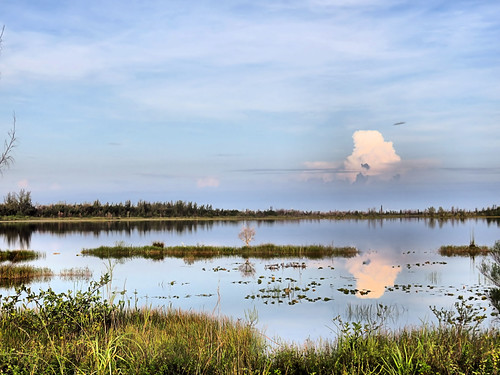
...or here (click on image to enlarge):
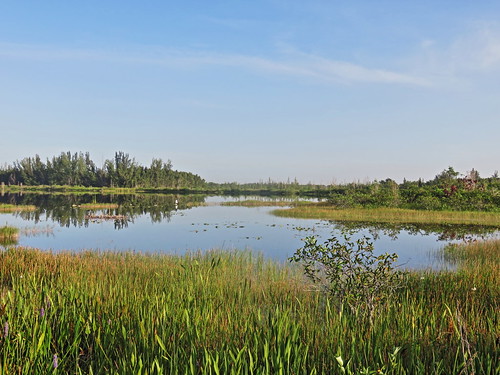
A closer look at the second photo reveals a Great Egret:
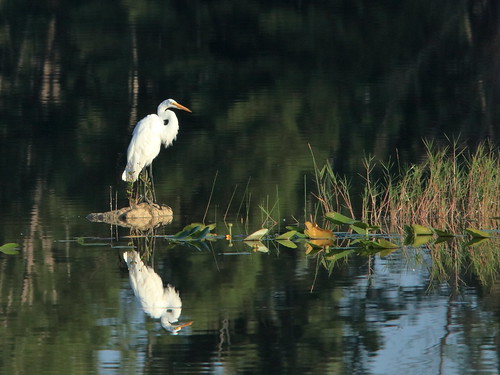
These two smaller birds are having a spat over rights to the best fishing spot. They seem to be about the same size, but there are some difference which set them apart. The Snowy Egret, on the right, has a black bill with yellow base and mostly black legs with yellow feet. The retreating immature Little Blue Heron has a gray bill with dark tip and greenish legs:

The Snowy Egret appears to be gloating in victory...
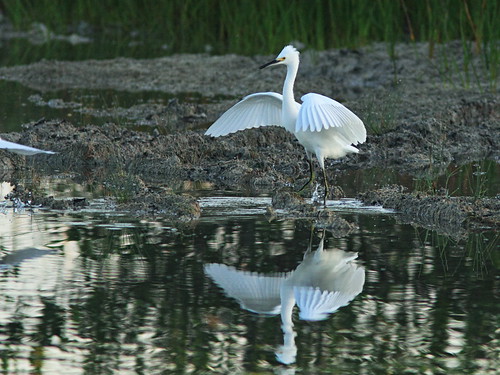
...while the Little Blue Heron is not far away, adopting a characteristic hunting posture, stooped with neck outstretched and bill near the surface of the water. This can help identify it from a great distance:

The size difference between these two egrets is remarkable. Note the yellow bill and black legs of the Great Egret and the yellow "golden slippers" of the Snowy Egret:
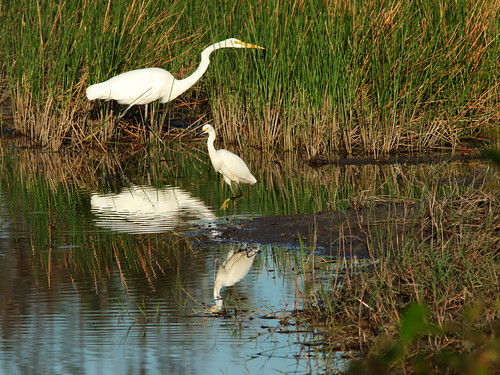
Here is another nice size comparison between a Great Egret and an adult White Ibis, whose red decurved bill is distinctive.

In flight, the ibis displays black wingtips:
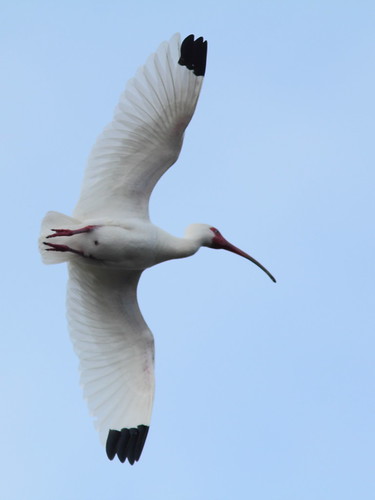
This large white wader appeared on our back lawn back in June, 2016:
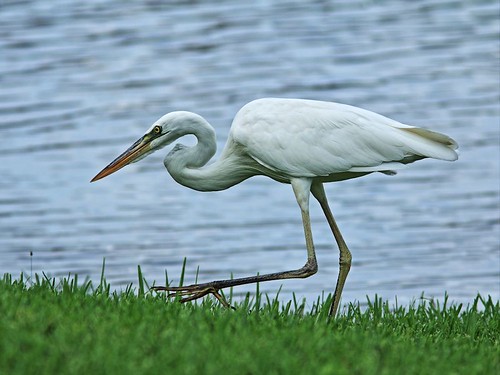
I first saw it at a distance and almost passed it off as another Great Egret. However, its size and posture as it rested next to the lake made me take a second look. It certainly reminded me of this Great Blue Heron:
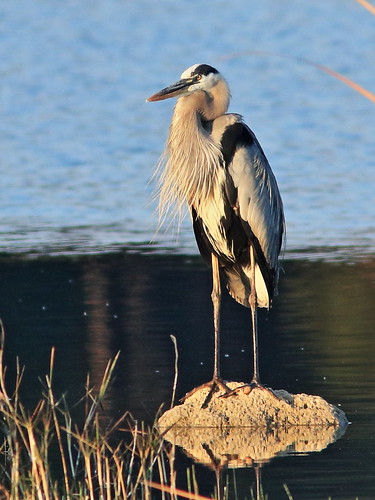
Indeed, it was a "Great White Heron," the white color variation of the Great Blue Heron:
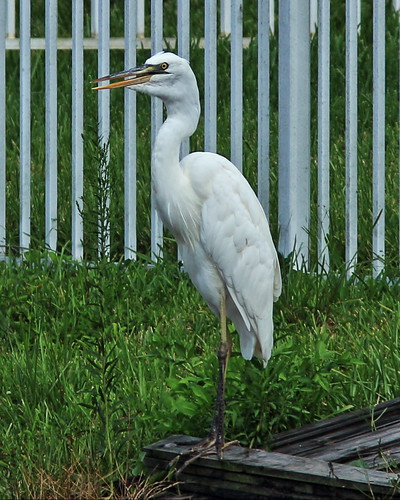
Here is a composite image showing the bills of three herons from about the same distance, all visitors to our back yard, The Great Blue Heron, Great Egret, and "Great White Heron":
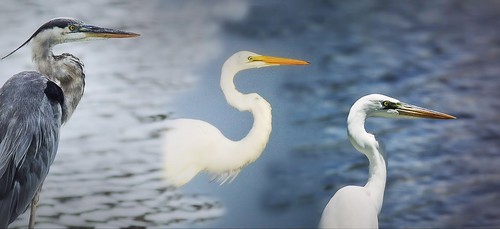
This small white wader with a short yellow bill and black legs is a Cattle Egret:
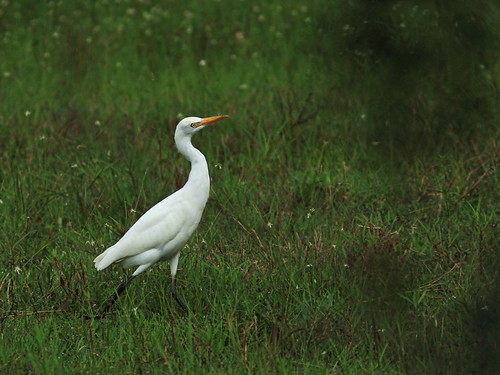
Cattle Egrets usually forage away from water and feel right at home with this Longhorn cow:
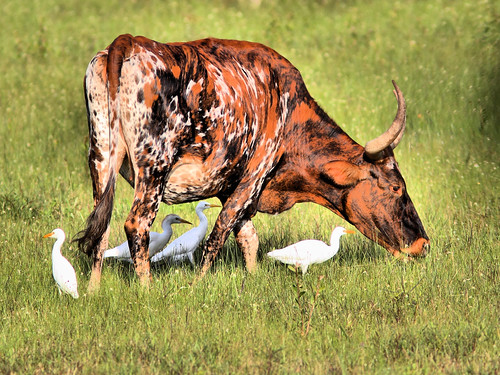
They often perch on the backs of cattle to catch insects attracted to them:
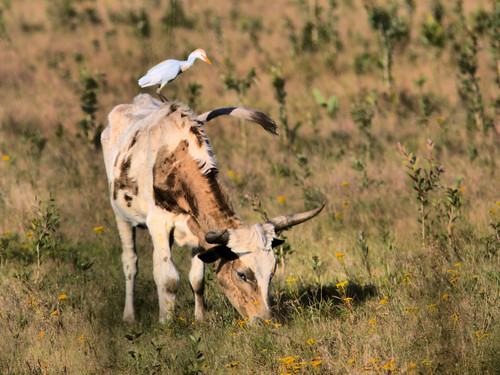
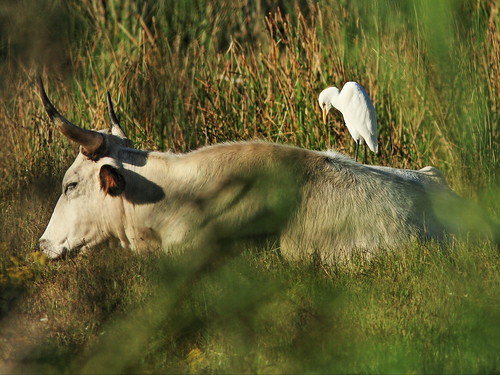
Cattle Egrets are easily identified in full breeding plumage, when their legs turn red (deeper color in the male on right) and they develop rusty plumes:
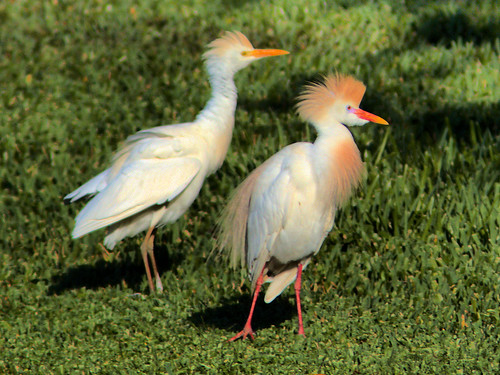
Here are two Cattle Egrets in a flock of with nine Snowy Egrets:

Yesterday I celebrated my entry into the fourth year of the ninth decade of my life, thankful that I can walk the Wounded Wetlands and enjoy the serene beauty and grace of egrets...

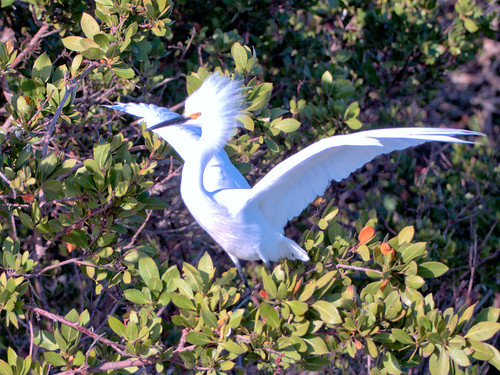
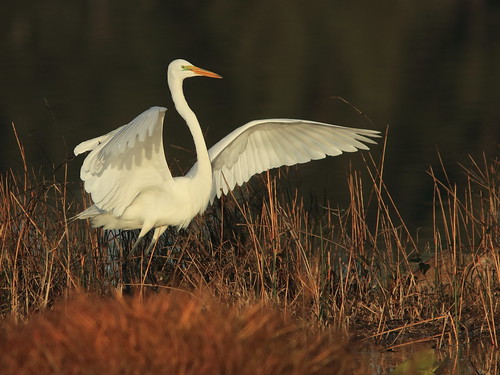
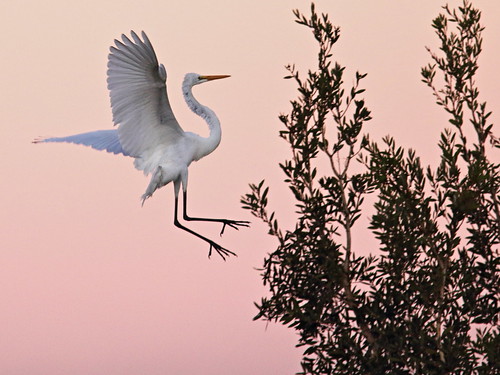


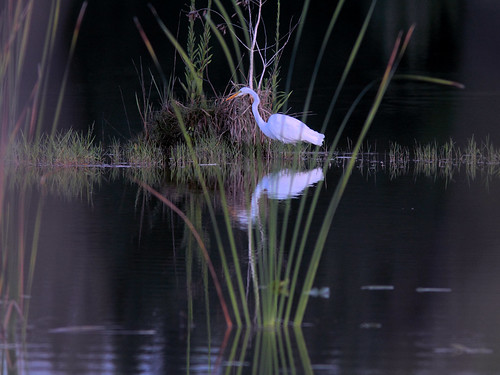
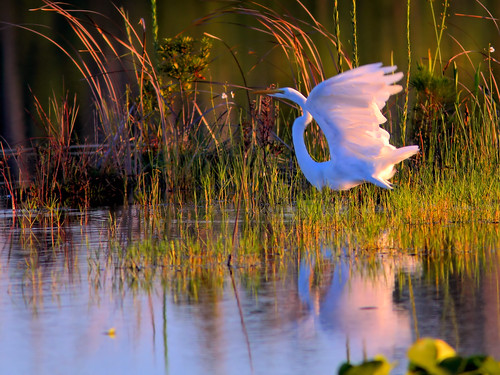
= = = = = = = = = = = = = = =
Linking to Misty's CAMERA CRITTERS,
Linking to Eileen's SATURDAY'S CRITTERS,
Linking to SKYWATCH FRIDAY by Yogi, Sylvia and Sandy
Linking to WEEKEND REFLECTIONS by James
Linking to BirdD'Pot by Anni
Linking to Our World Tuesday by Lady Fi
Linking to Wild Bird Wednesday by Stewart
Linking to Wordless Wednesday (on Tuesday) by NC Sue
Linking to ALL SEASONS by Jesh
Linking to Fences Around the World by Gosia
________________________________________________
Please visit the links to all these memes to see some excellent photos on display
________________________________________________
When the birding action slows down during these Dog Days of summer, there is no lack of interesting things to see, hear and photograph in our local south Florida Wounded Wetlands. The oppressive heat limits our time out in the open, but we minimize the inconvenience by getting out early every morning unless there is a threat of rain.
The low light presents photographic challenges. I set my camera for flight shots in the hope that an overhead bird may catch some of the morning light. Just as the sun was rising, I underexposed this low-flying Green Heron which stood out against a dark background:
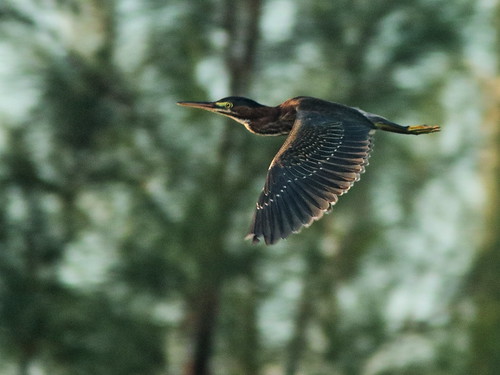
While Mary Lou likes to walk the 3 mile round trip at a brisk pace, I plod along, stop, look and listen. Usually I meet her as she is heading home while I am only about halfway into the wetland preserve.
Here she is, a blue dot heading home a little after sunrise on a clear and calm morning:
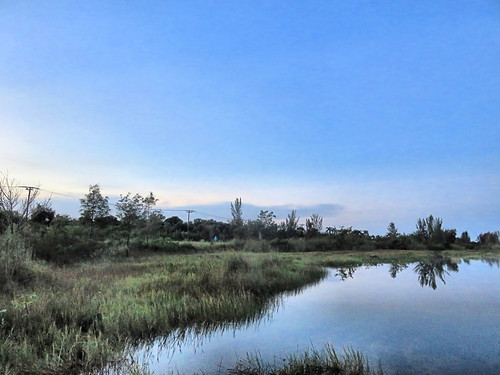
We continued to experience the effects of Saharan dust. Mornings were sometimes rather murky but before sunrise the dust particles turned the light of the rising sun to pink and projected sunbeams all the way across the sky to the opposite horizon:
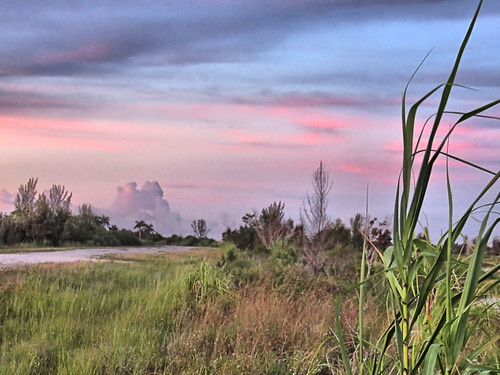

Some mornings the only bird we heard singing was a Carolina Wren. Usually they hide down in the understory and are hard to find, but once a pair sang a duet out in the open. The male warbled sweetly and the female finished each phrase with a trill. The male looked disheveled as if wet or starting to molt, but his spirits were not dampened:

The female waited for her mate to finish...
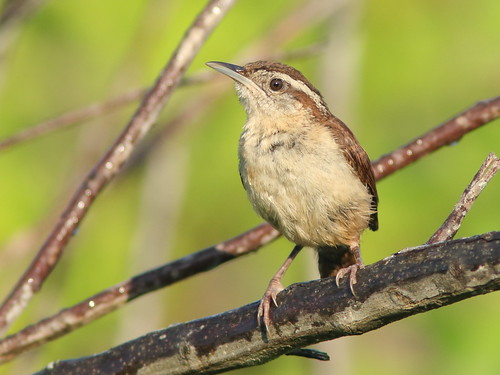
...and energetically added her coda:
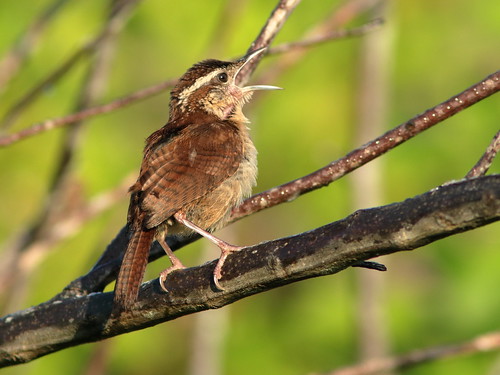
The first Blue-gray Gnatcatchers appeared on August 12. Although their breeding range extends down into south Florida we do not see many of them from spring into late summer. They do become abundant during the winter. These may be early migrants from further north:

One flew in so close that its tail did not fit in the frame:
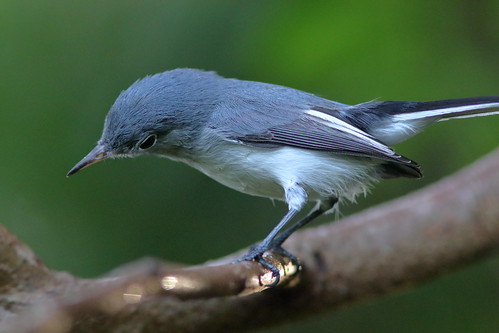
As if to accommodate my long lens, it flipped its tail out of view:
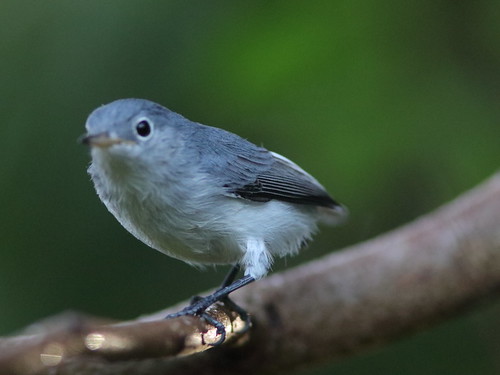
There was a sudden emergence of White Peacock butterflies. They quickly damage their wings, fighting and chasing after mates, so it was nice seeing some perfect specimens:
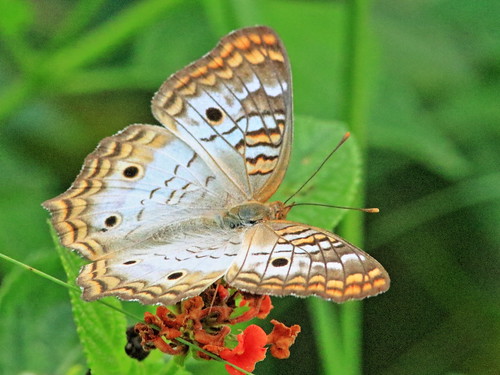
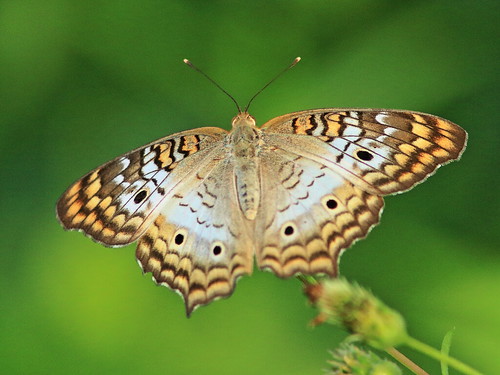
Standing in one spot, I photographed three butterfly species within one minute-- a Tropical Checkered-Skipper...

...a Phaon Crescent...
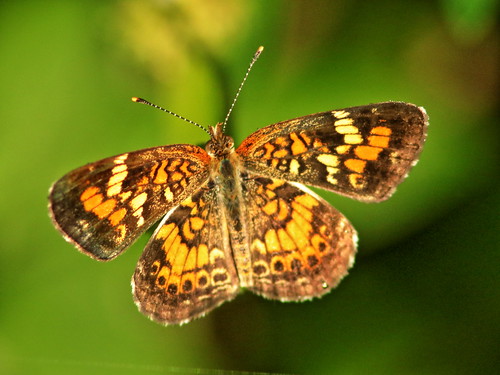
...and a tiny Three-spotted Skipper:
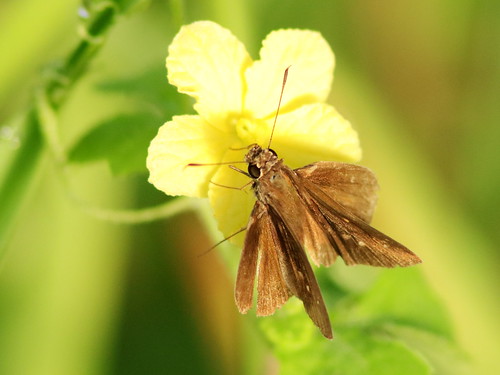
A bee-like Hoverfly species did not escape notice:
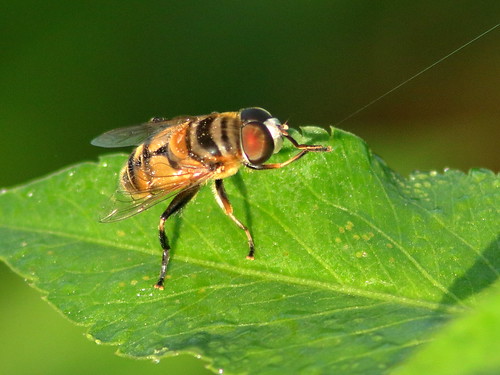
= = = = = = = = = = = = = = =
Linking to Misty's CAMERA CRITTERS,
Linking to Eileen's SATURDAY'S CRITTERS,
Linking to SKYWATCH FRIDAY by Yogi, Sylvia and Sandy
Linking to WEEKEND REFLECTIONS by James
Linking to BirdD'Pot by Anni
Linking to Our World Tuesday by Lady Fi
Linking to Wild Bird Wednesday by Stewart
Linking to Wordless Wednesday (on Tuesday) by NC Sue
Linking to ALL SEASONS by Jesh
________________________________________________
Please visit the links to all these memes to see some excellent photos on display
________________________________________________
Having abandoned our summer home in NE Illinois, we are now experiencing the typical south Florida subtropical "rainy season" weather pattern: clear, hot and humid mornings and stormy afternoons.
Before sunrise, anticrepuscular rays appear to converge on the horizon opposite the sun, creating a "mirrored sunrise" to the west:
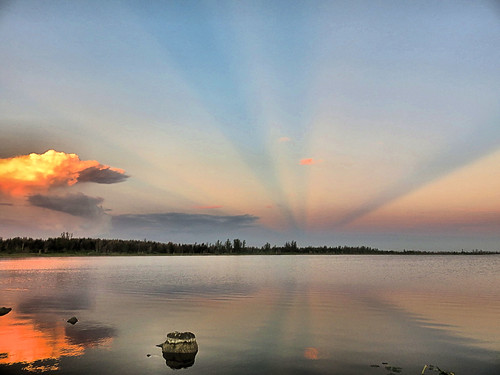
Two hours later, I walk home towards a thunderstorm building over the ocean to the east. Do you see a pointy-nosed man sleeping (snoring?) on a cloud pillow?
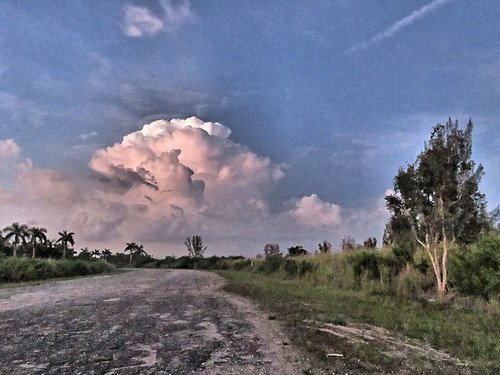
For the past couple of weeks the dawn chorus has been muted. During much of the year we become accustomed to the songs of mockingbirds and cardinals which pierce the dark as we walk out a half hour before sunrise.
Courting, defending territories and raising a brood are followed by the mid-summer post-breeding molt. Now energy must be conserved as new feathers are grown, nourished and groomed. Even these persistent songsters fall silent.
This young male Boat-tailed Grackle is a sight for sore eyes...
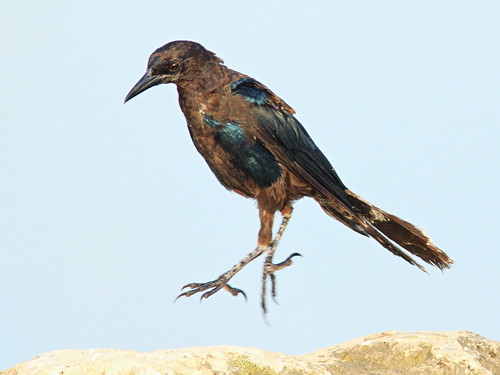
...but he can look forward to looking like this:
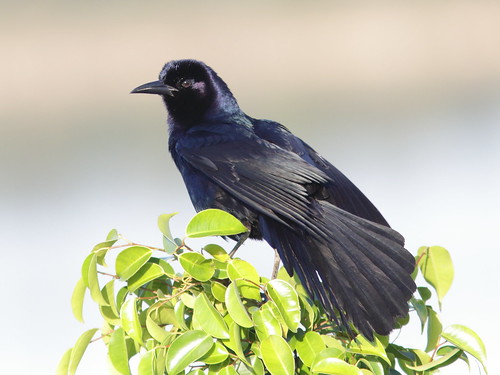
The flight feathers of this Red-winged Blackbird are worn and tattered...
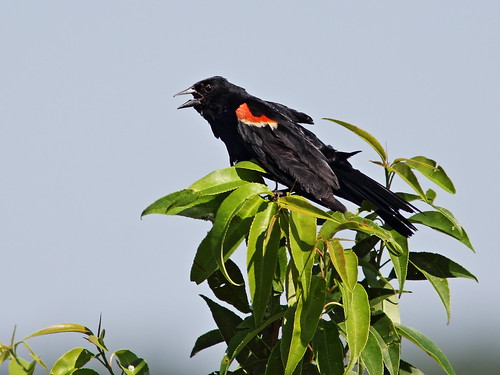
...but in a few weeks he will be singing again:
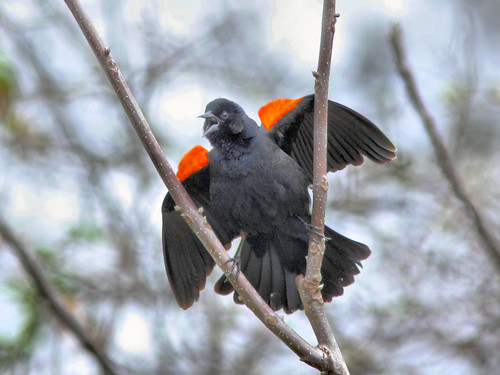
A bedraggled Northern Mockingbird waits for feathers to be replaced...
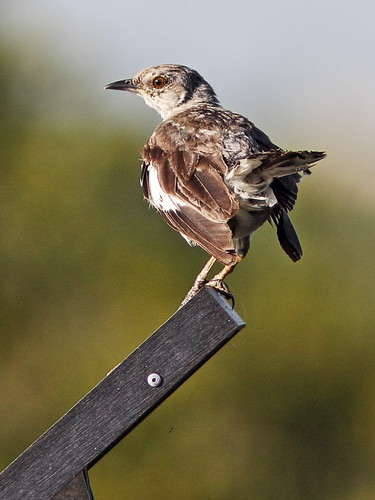

...so he can show off his new coat:

A "Young and Crestless" male Northern Cardinal transitions into adult plumage...

...and an adult cardinal's black skin is exposed until new feathers grow back...
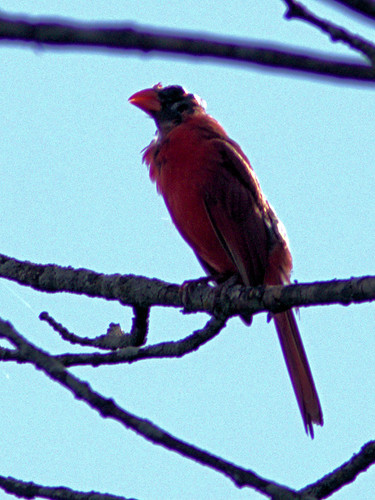
...and soon they will:
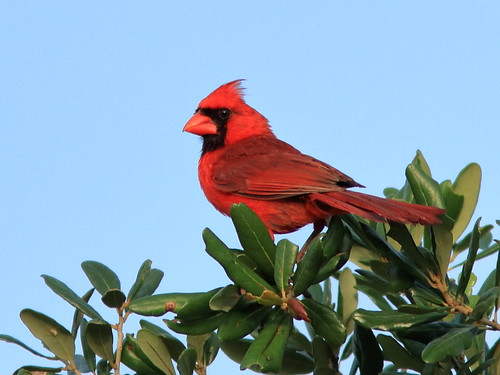
Back in Illinois, a male Bobolink is changing into a soft brown winter coat which resembles that of his mate...
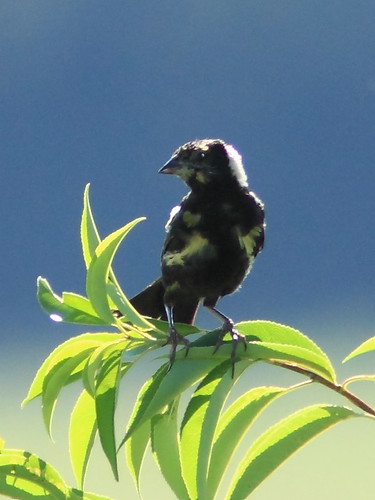
...until next spring...
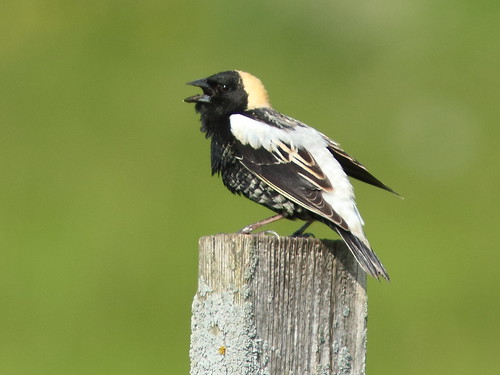 :
:
...when he will draw admiring looks from this female Bobolink:
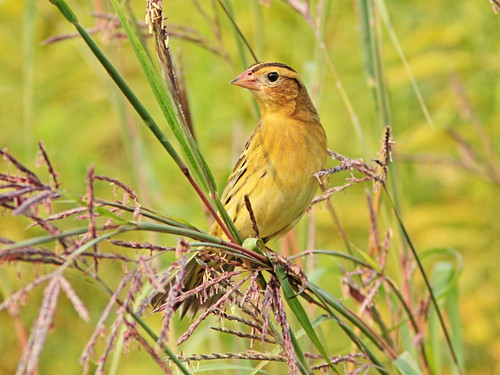
White-eyed Vireos have just about finished molting ...

...and in a few weeks will be in fine feather:
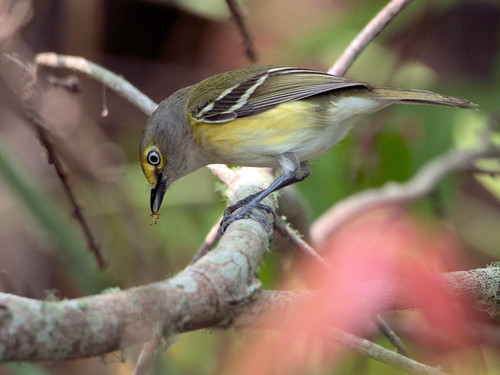
As is the case with many waterbirds, this male Anhinga temporarily loses all its flight feathers at once, as new feathers emerge, encased in steel-blue sheaths:
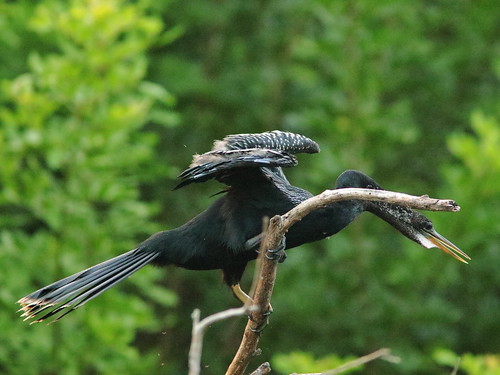
Soon he will look even better than he did when I photographed him only two weeks previously:
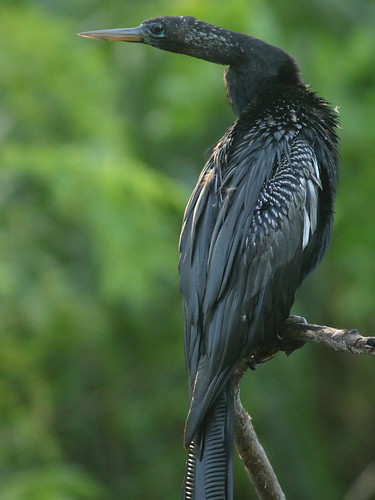
Anhingas add a few nice touches during breeding season-- head plumes and green "goggles:"
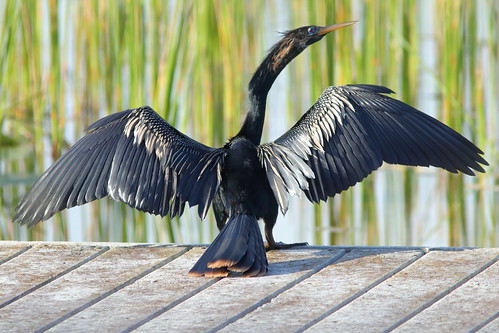
Most birds molt their flight feathers symmetrically, so that flight performance is not impaired. This is a juvenile Bald Eagle, about 6 months old. Its wing feathers are nicely lined up. They are actually about 1 1/2 inches longer than those of the adult and there is a noticeable bulge in the secondary remiges (flight feathers) nearest its body:
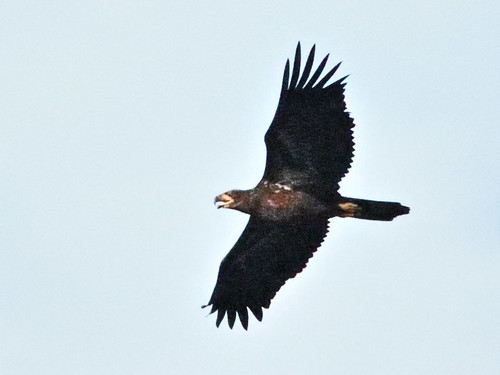
This immature Bald Eagle, just entering its second year, is symmetrically replacing its long juvenile remiges and tail feathers (retrices) with the shorter adult feathers:

Note the more narrow wings of an adult, with a nice even trailing edge:
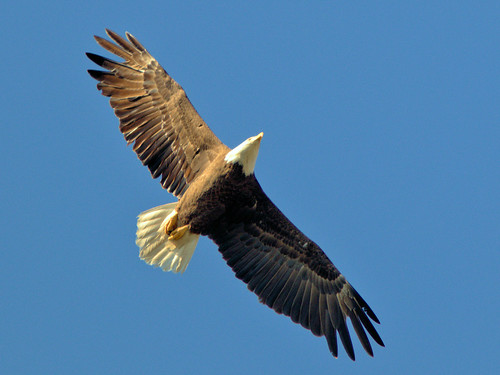
= = = = = = = = = = = = = = =
Linking to Misty's CAMERA CRITTERS,
Linking to Eileen's SATURDAY'S CRITTERS,
Linking to SKYWATCH FRIDAY by Yogi, Sylvia and Sandy
Linking to WEEKEND REFLECTIONS by James
Linking to BirdD'Pot by Anni
Linking to Our World Tuesday by Lady Fi
Linking to Wild Bird Wednesday by Stewart
Linking to Wordless Wednesday (on Tuesday) by NC Sue
Linking to ALL SEASONS by Jesh
________________________________________________
Please visit the links to all these memes to see some excellent photos on display
________________________________________________

































































